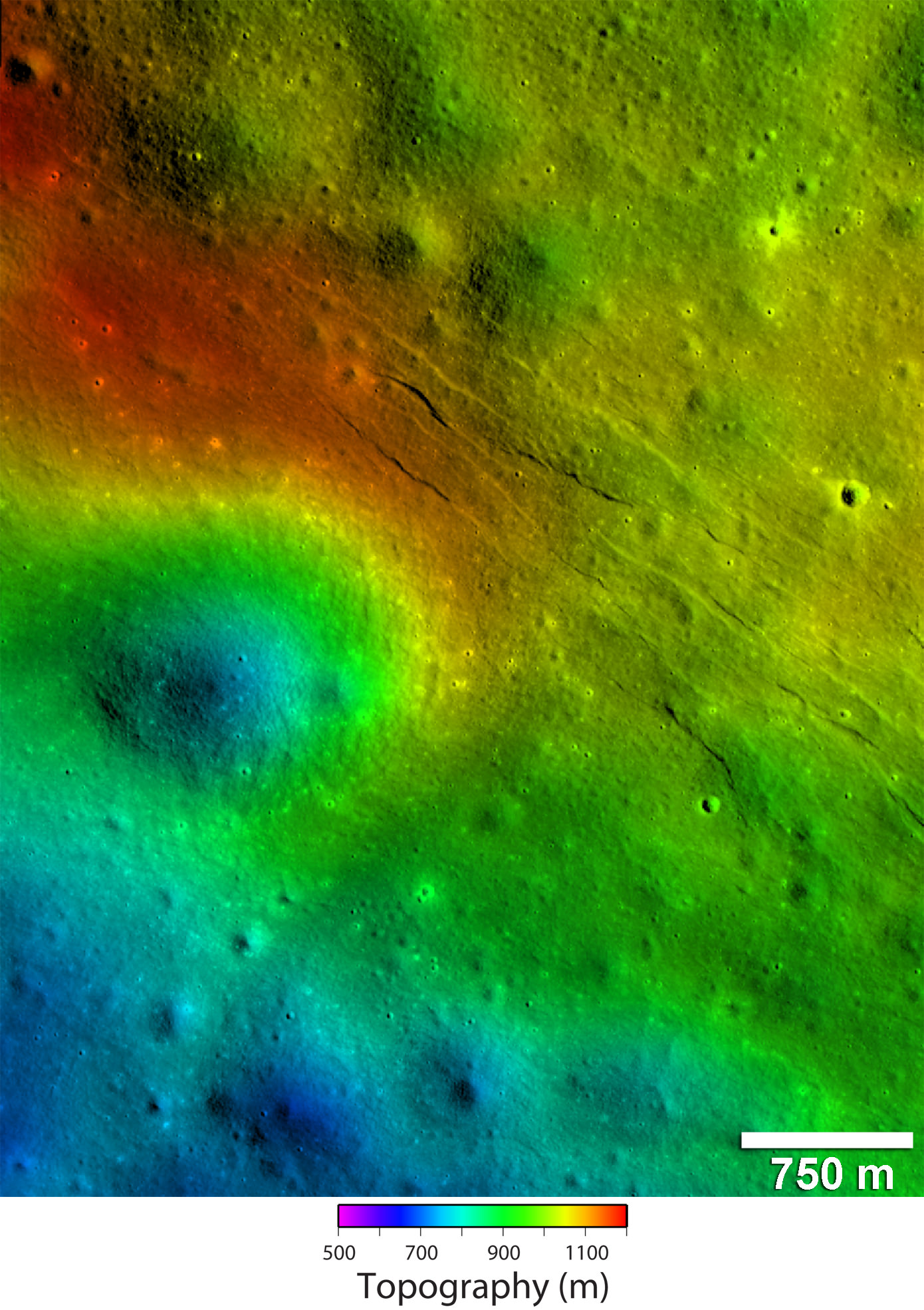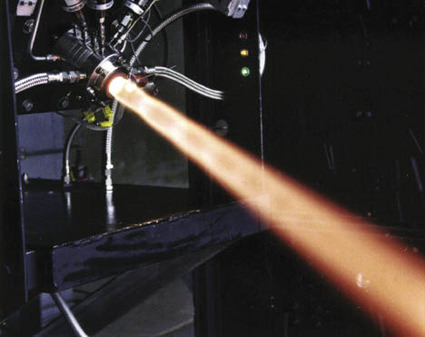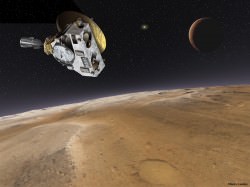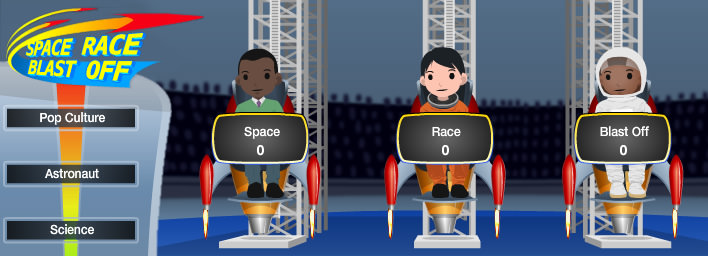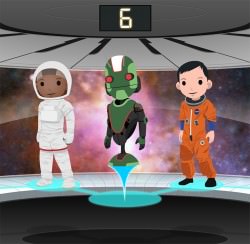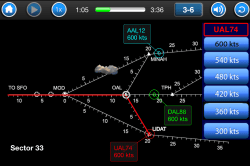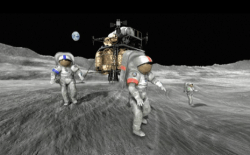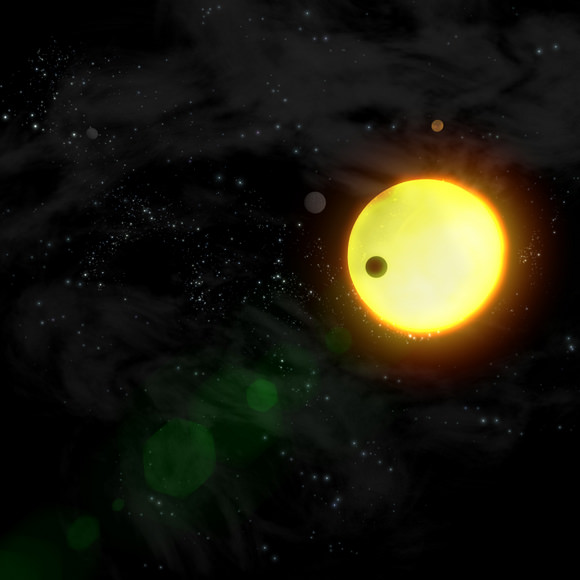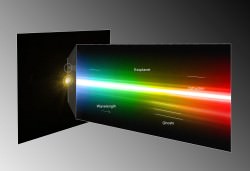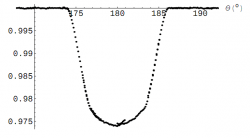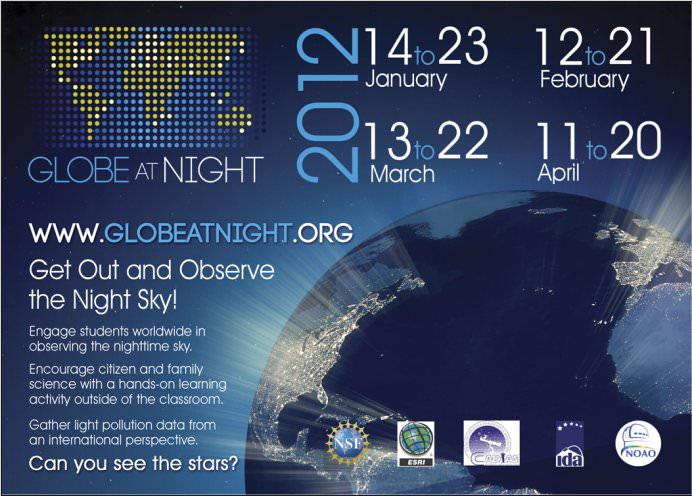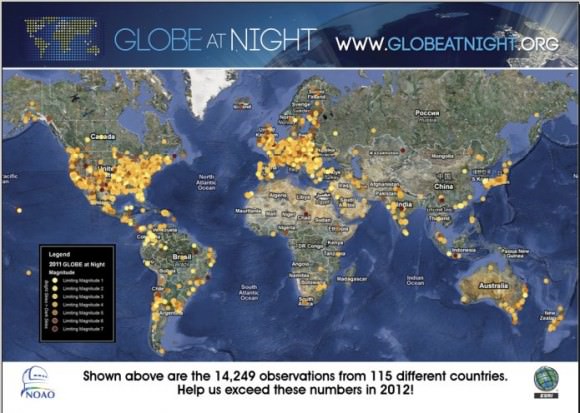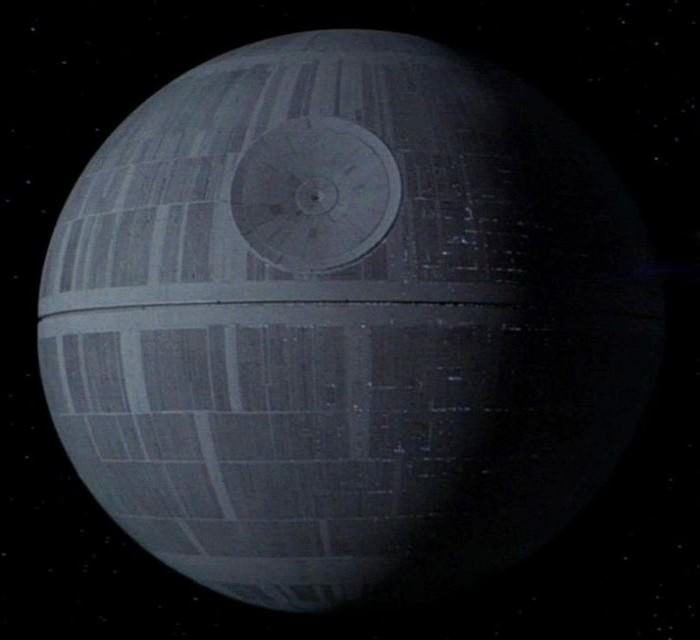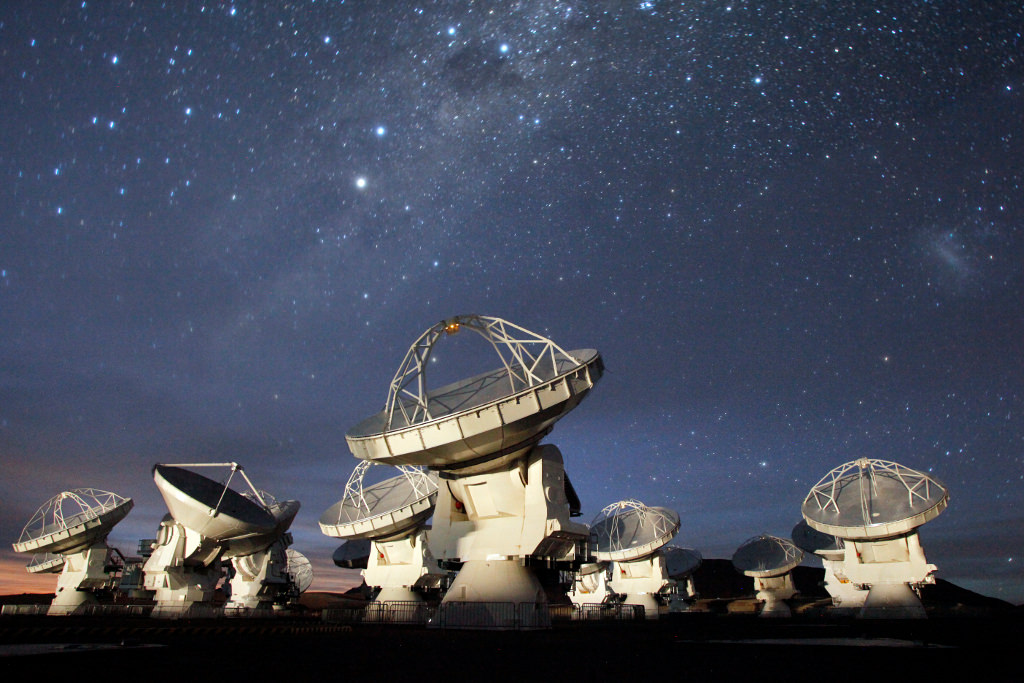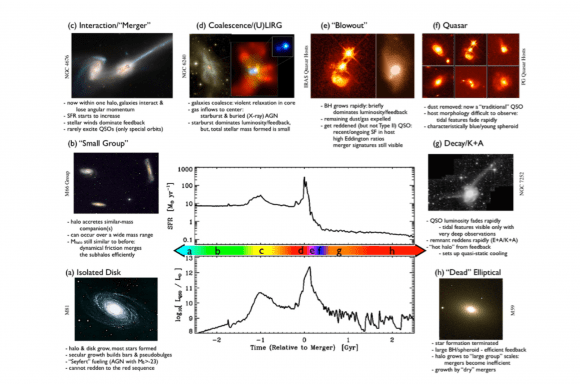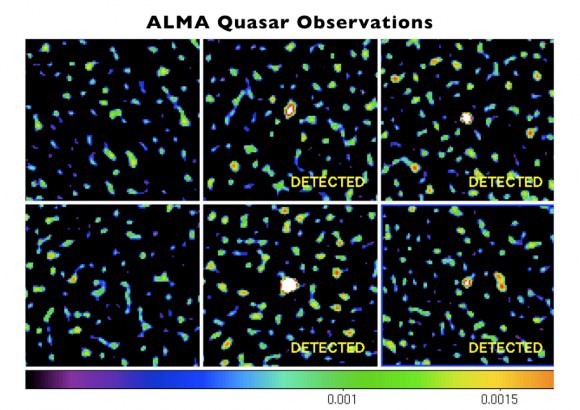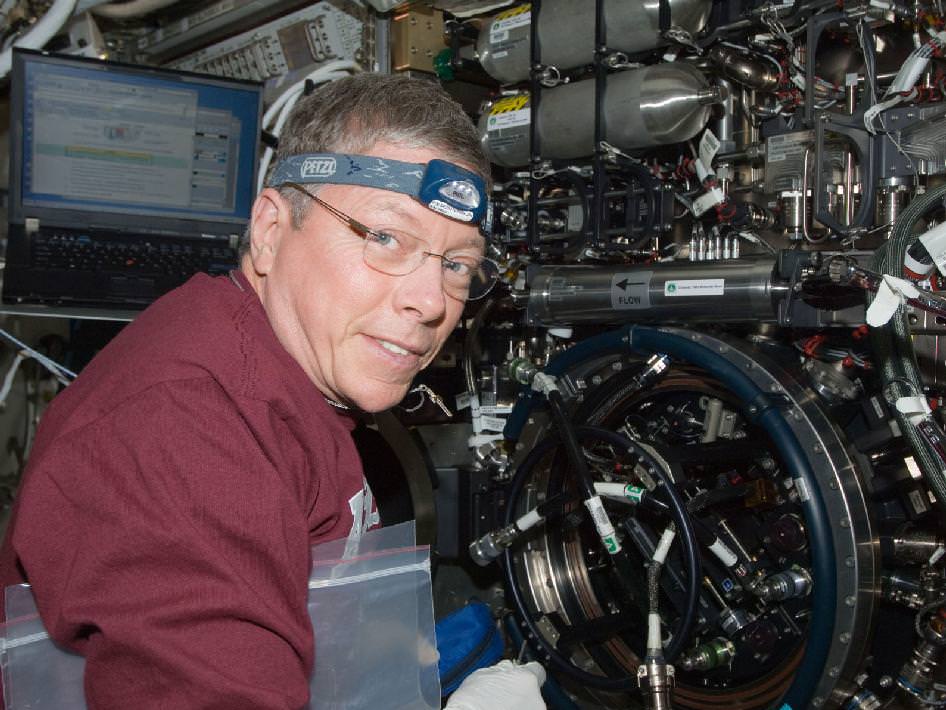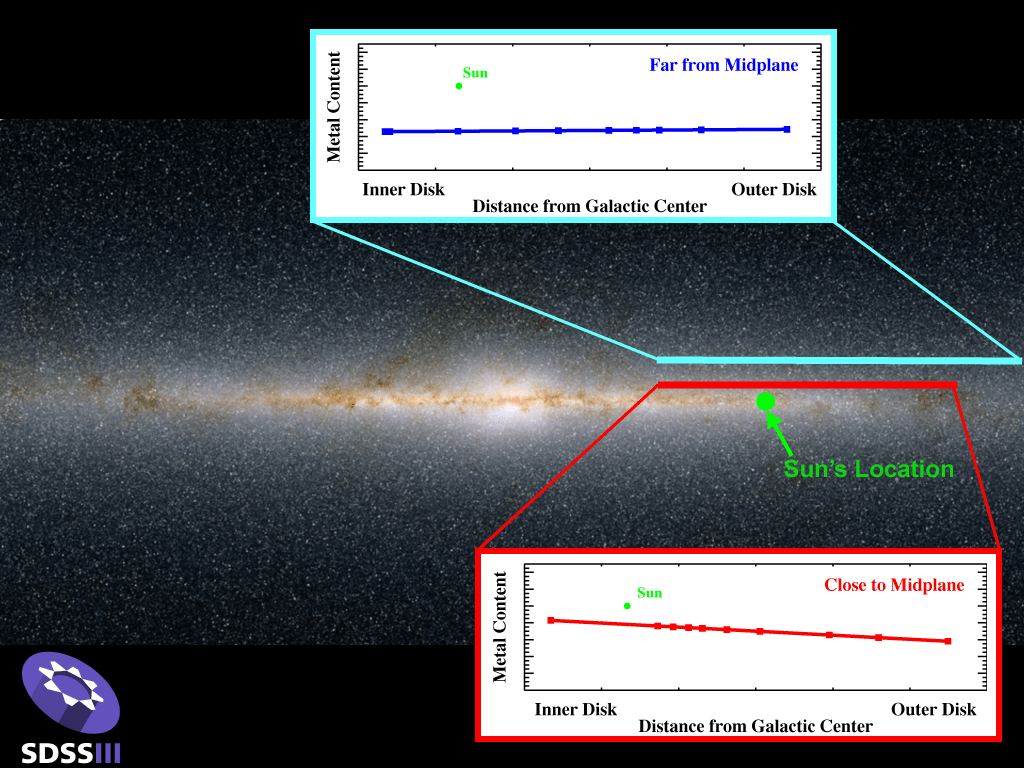[/caption]
Recent images from NASA’s Lunar Reconnaissance Orbiter Camera provide evidence that the lunar crust may be pulling apart in certain areas. The images reveal small trenches less than a kilometer in length, and less than a few hundred meters wide. Only a small number of these features, known as graben, have been discovered on the lunar surface.
There are several clues in the high-resolution images that provide evidence for recent geologic activity on the Moon.
The LROC team detected signs of contraction on the lunar surface as early as August of 2010. The contractions were in the form of lobe-shaped ridges known as lobate scarps. Based on the data, the team suggests the widely-distributed scarps indicate the Moon shrank in diameter, and may be continuing to shrink. Interestingly enough, the new image data featuring graben presents a contradiction, as they indicate lunar crust being pulled apart and theorize that the process that created the graben may have occurred within the past 50 million years.
“We think the Moon is in a general state of global contraction due to cooling of a still hot interior, said thomas Watters from the Center for Earth and Planetary Studies. “The graben tell us that forces acting to shrink the Moon were overcome in places by forces acting to pull it apart. This means the contractional forces shrinking the Moon cannot be large, or the small graben might never form.”
Based on the size of the graben, the forces responsible for contraction of the lunar surface are assumed to be fairly weak. It is further theorized that, unlike the early terrestrial planets, the Moon was not completely molten during its early history.
“It was a big surprise when I spotted graben in the farside highlands,” said Mark Robinson, LROC Principal Investigator at Arizona State University. “I immediately targeted the area for high resolution stereo images so we could create a 3-dimensional view of the graben. It’s exciting when you discover something totally unexpected. Only about half the lunar surface has been imaged in high resolution. There is much more of the Moon to be explored.”
If you’d like to learn more about the recently discovered graben on the moon, you can watch a short video by Thomas Watters below:
To learn more about the Lunar Reconnaissance Orbiter Camera, visit: http://www.lroc.asu.edu/
Source: Arizona State University News

